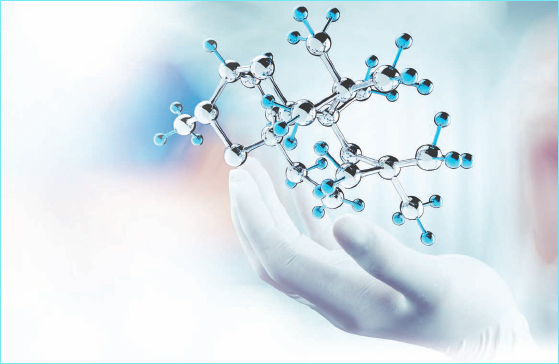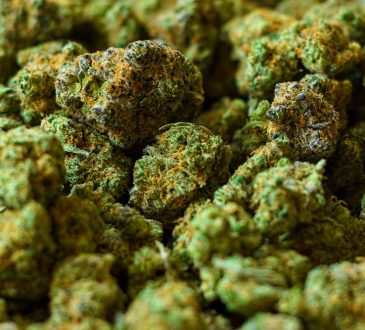
People nowadays are observant of their health condition. Different products sprouted online will help you maintain good health. Being healthy in these times is such a blessing. Animals also need this treatment. Some people are willing to do anything for their fur puppy. Feed and shelter them, even provide medication if needed.
Worrying too much causes stress and increase the tendency of aging. According to the anti-aging effect observed in preliminary research. Nicotinamide mononucleotide (NMN) is known as the fountain of youth. Yet, there’s no clinical evidence that will support these claims.
Discover more about nicotinamide mononucleotide powder.
What is Nicotinamide Mononucleotide?
NMN is a nucleotide. Also known for its part as an intermediate of nicotinamide adenine dinucleotide (NAD+). This particular molecule shows several beneficial pharmacological activities in preclinical studies. Thus, suggest its potential therapeutic use.
Nicotinamide mononucleotide belongs to the family of nucleotides. Organic molecules are present in most of the foods we eat. As with nucleotides, NMN is comprised of 3 parts: sugar, a nitrogenous base, and a phosphate group.
Most nucleotides are utilized to build DNA. While NMN is used to make NAD and fine-tune energy balance. The body generates NMN as a precursor to NAD. Higher NMN levels mean a higher NAD level.
Proponents:
- May improve diabetes and metabolic syndrome
- Slows aging in animals
- More firm than nicotinamide riboside (NR)
- No observed side effects
- May support heart health and kidney
Food Sources:
Most human cells cannot import NAD directly, they have to produce it inside. While NMN can quickly enter cells in the liver, small intestine, fatty tissue, and pancreas. Within 3 to 5 minutes, mice can absorb NMN from the small intestine into the bloodstream. NMN disperse to tissues within 15 minutes and converted to NAD.
Some food sources that a small amount of NMN is present:
- Broccoli
- Cucumbers
- Edamame (immature soybeans)
- Cabbage
- Tomatoes
- Avocados
NMN can be found in some amounts in these vegetables. Yet, difficult to eat enough of them to productively boost NAD levels.
Potential Benefits of NMN:
NAD levels decline together with aging. Because of this organs and cells start to function less. Low NAD levels have been related to many age-related diseases.
- Diabetes- NMN oral supplementation in mice helped with diet-related diabetes. Mice had increased insulin secretion in response to glucose after a single dose of NMN.
- Metabolic Syndrome- in a mouse study, oral NMN enhances several health markers. Such as weight gain, fat profile, weight gain, and eyesight.
- Kidney Damage- oral NMN improved kidney function. It also prevents kidney damage in aging mice. These effects are maybe due to increased NAD which activates anti-aging.
- Heart Health-In elderly mice, oral NMN reinstate the elasticity of capillary walls. Reversed blood vessel damage caused by age. These mice improved blood law and capillary repair. Compare to mice that did not receive NMN.
- Alzheimer’s Disease- in mice suffering from Alzheimer’s disease. NMN can cross the blood-brain barrier. It improves memory and reduces amyloid plaques. NMN was injected under the skin, while NR was direct by mouth.
You can visit and check for more details.




